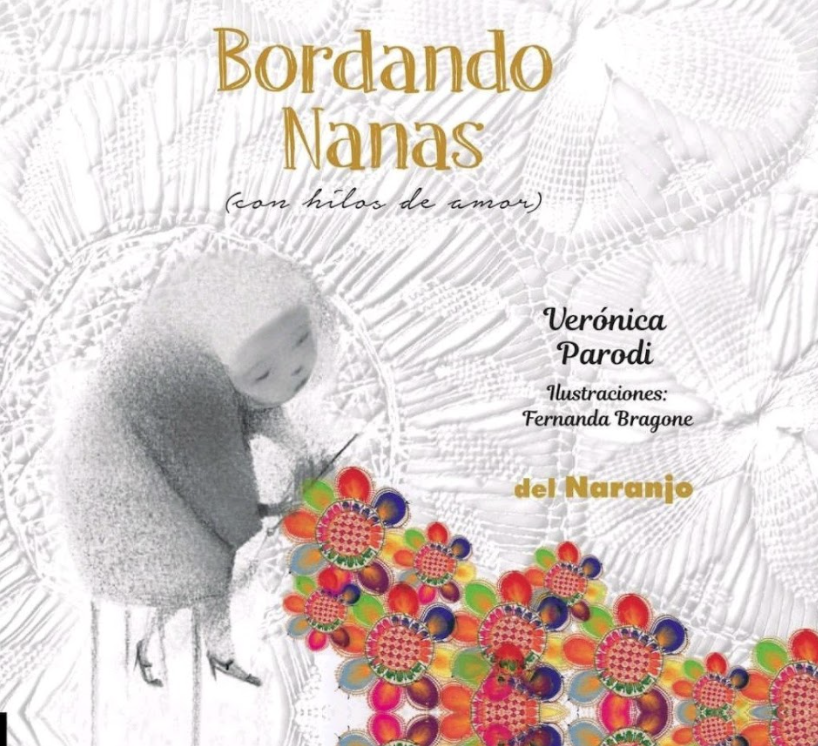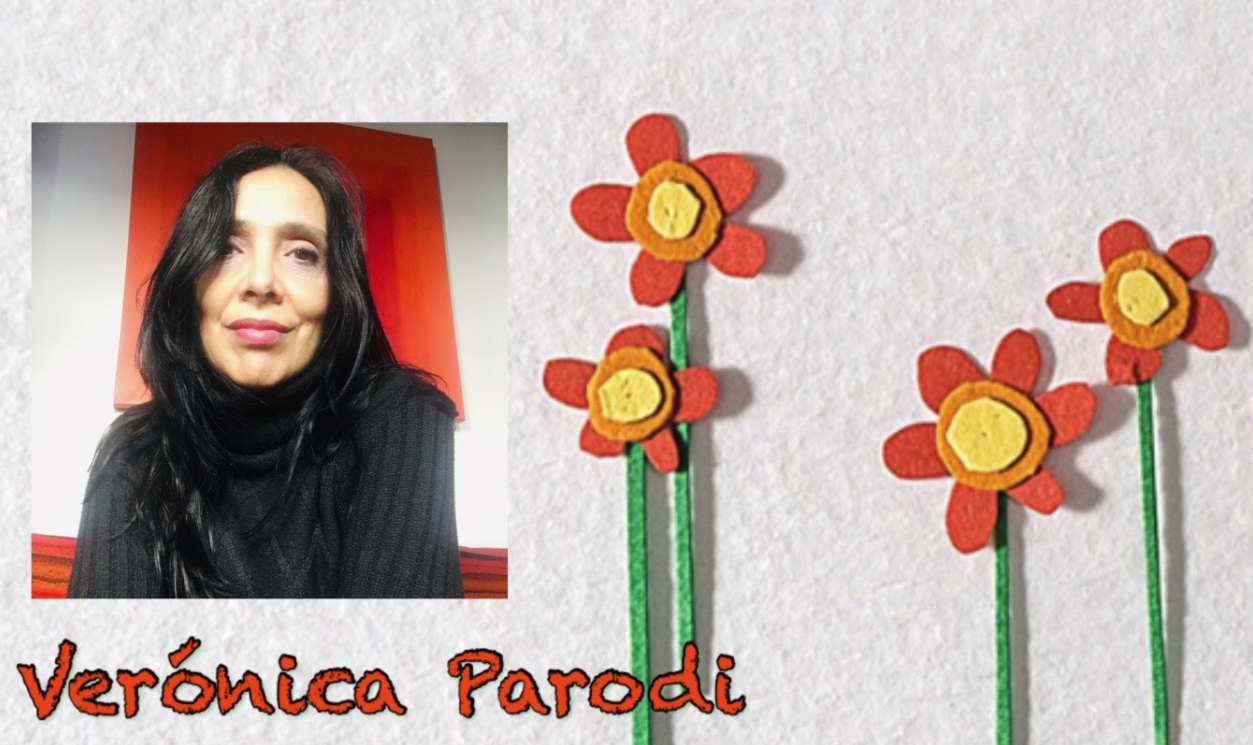Surely if we say the word “lullaby”, something from childhood – our own or someone else’s – will come to mind.
Perhaps lullabies bring to you, as they do to me, the world of poetry and the echo of Joan Manual Serrat singing Miguel Hernández’s “Nanas de la cebolla” (“Onion Lullabies”).
In her book Pájaro de aire, María Emilia López tells us about the Federico García Lorca’s laborious research into the lullabies of Spain, where the roots of the genre can be found in the pain and suffering of women who worked and raised their children in extreme poverty. Despite their origin, Lorca considers these songs to be full of life, striving for life. He says that “[a song] suddenly jumps from that yesterday into our present day, alive and full of heartbeats, like a frog.”
The singer and writer Verónica Parodi undertook a similar laborious and delicate archaeological study of music in our own country and through our own childhoods in her book and CD, Bordando Nanas (Editorial del Naranjo 2019).

In this brief interview, Verónica tells us about her experience.
Why did you choose this poetic genre to write and sing about, and to share this book and CD with other colleagues?
Lullabies allow us to connect the sonority of words and different rhythms through art, poetry and music. Popular music is transferred in large part through lullabies. Singing a lullaby or saying a poem is a challenge in these times. Lullabies are also a form of resistance, of building identity, of the transmission of the senses. Almost without realizing it, we are transmitting a whole way of being and of seeing the world and this, in turn, has to do with what was transmitted to us. And we are giving children the possibility of thinking of themselves as poetic beings; we are making their lives more beautiful.
And what, then, is a lullaby or a nursery rhyme?
It is a whispered, singing voice that leaves a mark on that child, so that he or she can somehow sleep. But it also leaves its mark on the adult, in that his or her whole body prepares to cradle, to support, to accompany [the child]. A lullaby is an attachment, it creates a lasting bond, it makes a mark in the emotional memory of everyone. That is why we adults, when it comes the time to cradle [someone], we remember the song that was sung to us when we were children. Beauty is necessary for us to inhabit this world and improve it. And I believe that during all this time of quarantine, we underwent a very strong change with respect to this. We all found ourselves affected and in need of affection, with more time to share. We learned to reinvent ourselves, to find ourselves again, to enjoy ourselves in a different way.
What are the rhythms that appear in the sung version and why?
Art, music, song, poetry… beauty is unique and it embraces us, affects us and accompanies us in the same way that the voices of León Gieco, my mother Teresa Parodi, Liliana Herrero, Cecilia Todd or Los Musiqueros do.
I chose our rhythms – those of this great country, those that lulled me to sleep in my own childhood and with which I grew up and cradled my own son – because they are a fundamental part of who I am and what I have and want to share.
We can hear rhythms in my songs like the chamamé, the vidala, the joropo, the cueca, the huaino, a chamarrita and even an air of bossa nova because they are part of our identity, they are part of a culture that we must defend and transmit; it is the voice of the people, it is our voice and there is no doubt that the new generations must grow up hearing it.
Click to listen to a little bit of “Cambacito” from Bordando nanas, interpreted by León Gieco and Chango Spasiuk.
Verónica Parodi is an educator. She worked as a kindergarten teacher for twenty years. As socio-educational director of the Espacio Cultural Nuestros Hijos (ECuNHi), an undertaking of the Madres de Plaza de Mayo in the former ESMA (Navy School of Mechanics), she develops projects that involve literature, music and theater for children. She is one of the creators of Avión que Va (www.avionqueva.com), a website specialized in children’s and young adult literature. She has been writing poems and songs for as long as she can remember. Bordando nanas is her first book and is also an album that features great performers and composers. Both projects were cradled for years, and have now finally reached the hands of the young and old alike.
We invite you to visit their YouTube page:
https://www.youtube.com/channel/UCKZ2_4hZ1CIZsWjHztGUJmA

Adriana Fernández (Buenos Aires, 1970) graduated from the Instituto Nacional del Profesorado “Joaquín V. González” as a teacher in Spanish, Literature and Latin. She has taught at the Universidad Nacional de General Sarmiento (UNGS), the Universidad Nacional de Lomas de Zamora and the Universidad de Buenos Aires. She is the publishing manager of Grupo Planeta in Argentina.
